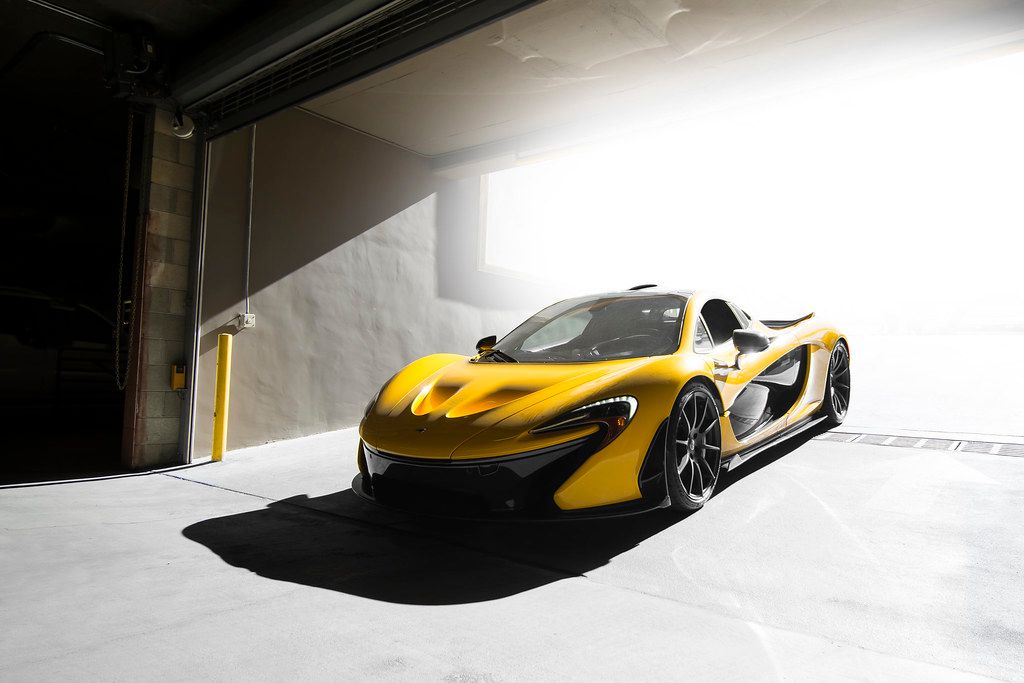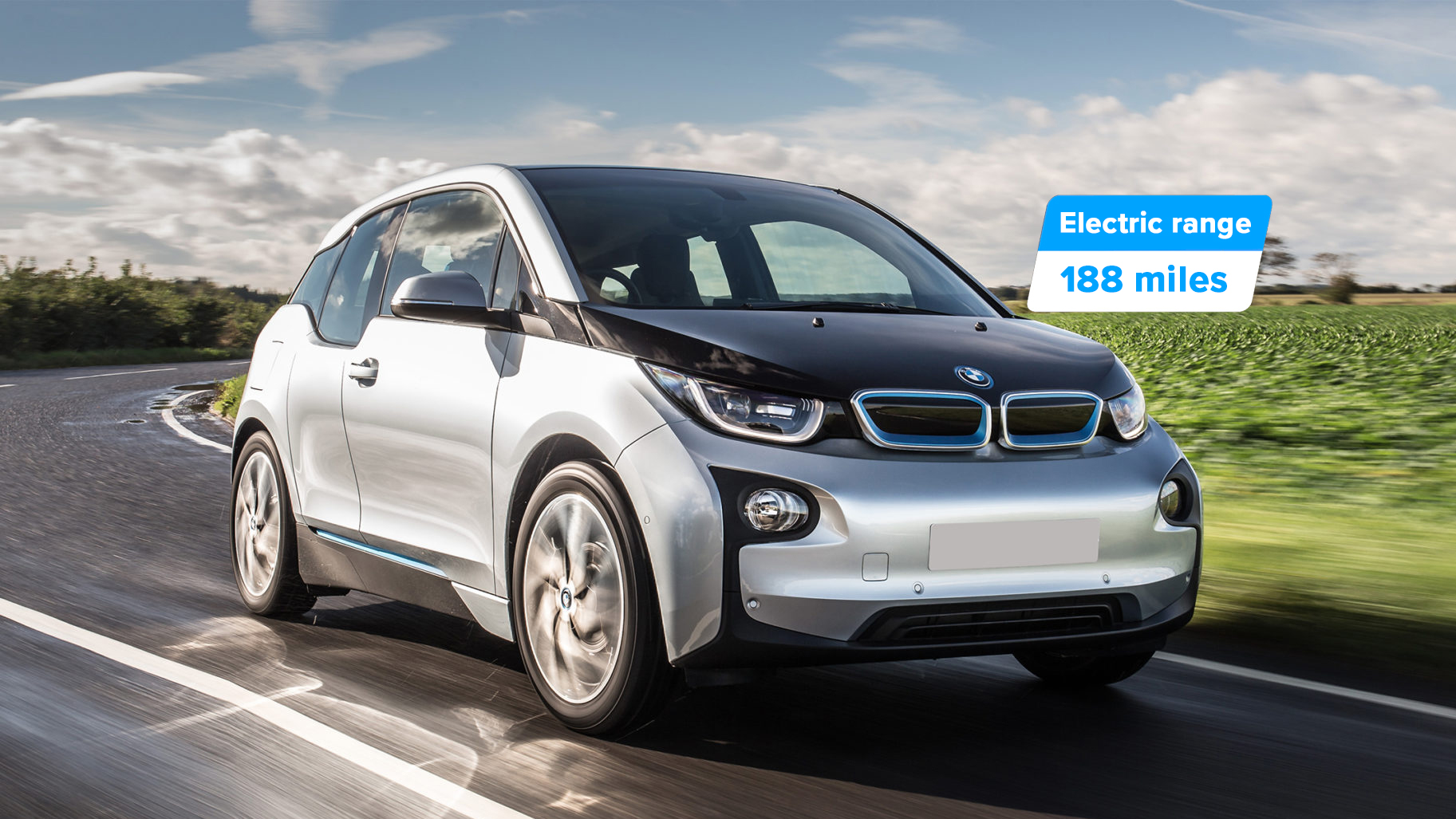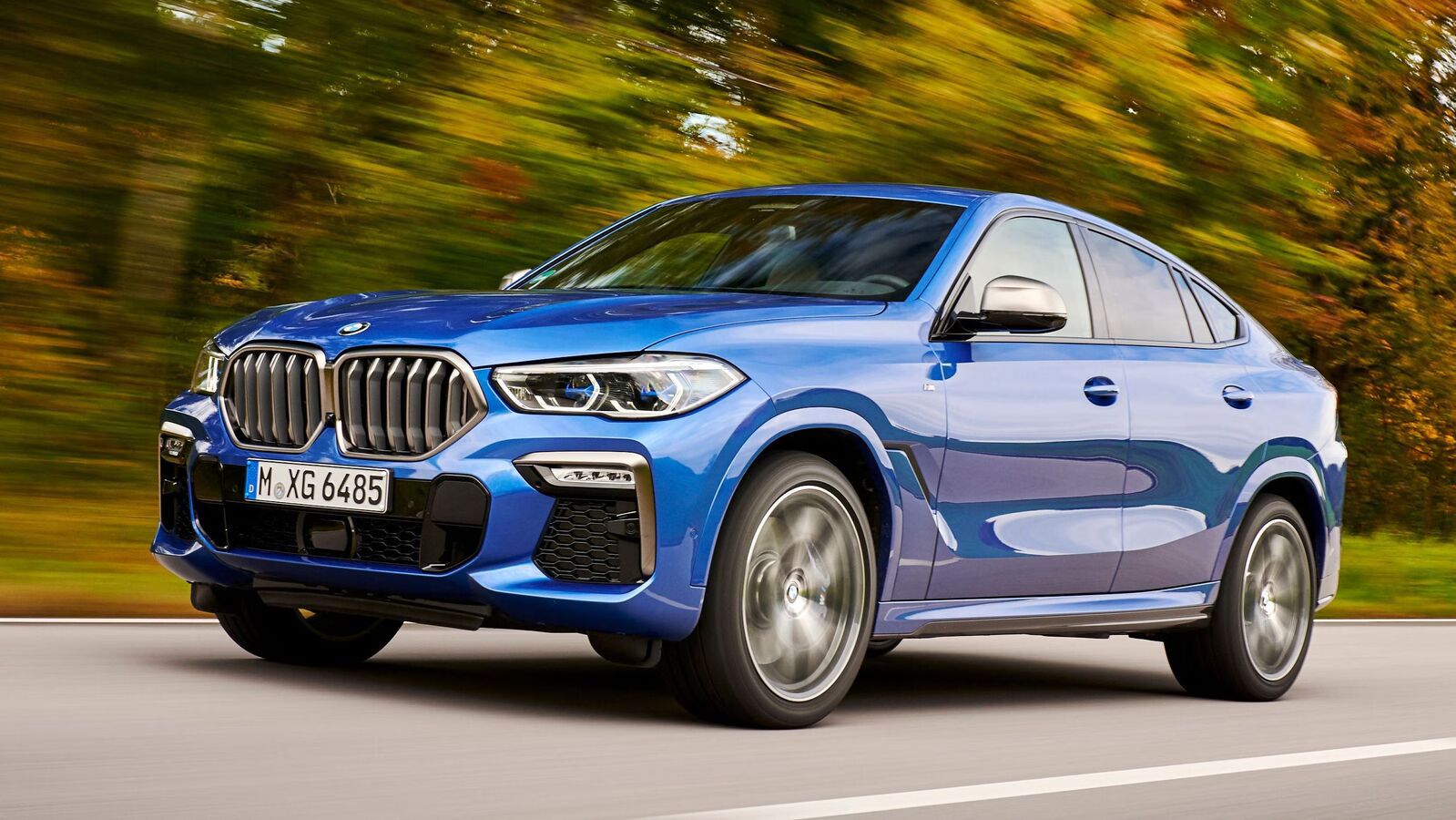
The automotive industry finds itself at a pivotal juncture, grappling with a shift that, while inevitable for many, has been anything but smooth. For years, electric vehicles (EVs) were heralded as the undisputed future, a clean, efficient alternative destined to sweep traditional internal combustion engine (ICE) cars into the annals of history. Yet, as recent data from a AAA survey reveals, EV interest in the United States is currently at its lowest point since 2019, with only 16 percent of Americans reporting they are “likely” or “very likely” to purchase an EV as their next car.
This dip in enthusiasm, while concerning, is not entirely unexpected given the myriad challenges that have plagued the nascent EV market. High purchase prices, the specter of range anxiety, and a discernible lack of public charging infrastructure have consistently emerged as top deterrents for consumers. Many automakers, recognizing these formidable barriers, are recalibrating their electrification targets, acknowledging that the path to a fully electric future is more winding and complex than initially envisioned.
However, this narrative of hesitation and perceived shortcomings belies a powerful underlying trend: the remarkable, albeit sometimes slower than predicted, growth of the EV market. Despite the speed bumps and the models that faltered, the industry has learned, adapted, and innovated. What were once seen as insurmountable obstacles are slowly being addressed, propelling electric vehicles from niche curiosity to a rapidly expanding segment of the global automotive landscape. We will delve into 6 specific examples, examining how initial criticisms and design flaws helped shape the market into the dynamic force it is today.

1. **Chevrolet Bolt EUV: The Value Proposition Under Scrutiny**The Chevrolet Bolt EUV, positioned as an electric SUV, initially aimed to capture a segment of the market eager for electrified utility. Priced approximately $2,000 more than its standard Bolt sibling, it immediately raised questions about its intrinsic value. For potential buyers, the marginal differentiation in features and styling struggled to justify the higher cost, creating an early hurdle for its market acceptance.
Compounding this challenge was a significant fire risk recall that affected around 141,000 vehicles, encompassing both the Bolt EUV and the standard Bolt. General Motors’ decision to replace the entire battery packs for these vehicles, while a necessary safety measure, undoubtedly cast a long shadow over the model’s reliability and the brand’s reputation. This incident became a stark reminder of the complexities and unforeseen safety challenges inherent in new battery technologies.
The recall and its implications forced the industry to confront critical issues related to battery manufacturing and thermal management. While the new version of the Bolt EUV arrived with improved battery packs and software, the damage to its reputation lingered. This early stumble, however, served as a crucial learning experience for GM and the wider industry, emphasizing the paramount importance of robust safety protocols and transparent communication in building consumer trust, a foundation upon which future EV sales growth is critically dependent.
Despite the specific model’s struggles, the lessons learned from the Bolt EUV’s journey have undeniably contributed to the broader maturation of the EV market. Automakers are now more acutely aware of the need to deliver unquestionable value and uncompromising safety. This continuous improvement, spurred by early challenges, is precisely why the overall EV market continues its upward trajectory, with consumers gaining confidence in safer, more refined offerings.

2. **Fiat 500e: An Urban Niche with Limited Horizons**The Fiat 500e represented an early, albeit ultimately limited, foray into the electric vehicle space for the Italian automaker. Its primary drawback stemmed from being based on an aging platform, which inherently restricted its ability to compete with more modern, purpose-built EVs. While Fiat managed to adapt the existing architecture for electric propulsion, this foundational limitation ultimately hindered its appeal and versatility in a rapidly evolving market.
Its most significant constraint was its meager range of just under 90 miles. This characteristic firmly pigeonholed the 500e as a vehicle solely suited for urban environments, making it impractical for anything beyond short city commutes. For drivers needing a versatile vehicle capable of occasional longer trips or even substantial daily errands, the Fiat 500e simply fell short of expectations, alienating a large segment of potential EV adopters.
Consequently, the model was discontinued in the North American market, signaling its inability to meet the broader demands of consumers in a region known for its expansive roadways and varied driving needs. While it may still be available in other regions that prioritize compact city cars, its North American exit underscored a crucial lesson: a limited range and an outdated design are significant barriers to mainstream EV adoption.
The Fiat 500e’s experience, though a commercial setback in North America, provides valuable context for the “selling like crazy” phenomenon observed today. It demonstrated the pitfalls of simply electrifying an existing, older platform without significant redesign for EV-specific needs. The market has since demanded, and received, vehicles with substantially improved range and dedicated EV architectures, directly addressing the limitations exemplified by the 500e and paving the way for more successful models.

3. **Mini Cooper SE: Style Over Sustained Substance**The Mini Cooper SE, much like the Fiat 500e, arrived with a notable limitation that significantly impacted its market viability: a modest range of only 114 miles. This range, while perhaps adequate for specific urban commuters, confined the vehicle primarily to city driving and short-distance travel. For many consumers seeking a primary vehicle, the inability to undertake longer journeys without constant range anxiety proved to be a considerable drawback, making it difficult to justify as a sole mode of transport.
While the iconic aesthetics and engaging driving dynamics traditionally associated with the Mini brand certainly attracted a niche group of buyers, these qualities could not fully compensate for the practical limitations of its electric powertrain. The blend of classic Mini charm with electric propulsion offered a fun short-distance commuter, but its inherent practicality issues prevented it from achieving broader appeal among a market increasingly seeking versatile and long-range EV options.
This model’s predicament highlights a recurring theme in the early phases of EV development: the challenge of balancing brand identity and driving experience with the fundamental practicalities demanded by electric vehicle technology. Consumers, while appreciating style, ultimately require their vehicles to perform reliably across a variety of scenarios, especially concerning range and charging convenience.
The Mini Cooper SE’s story, therefore, is a testament to the fact that attractive branding alone isn’t sufficient for widespread EV success. The market’s current momentum, where many EVs are “selling like crazy,” is built on manufacturers overcoming these very range limitations and offering practical solutions. The lessons from models like the Cooper SE have driven the industry to prioritize extended range and enhanced usability, directly contributing to the broader market acceptance and growing sales figures we observe today.

4. **BMW i3: An Ambitious Pioneer’s Early Retirement**The BMW i3, introduced nearly a decade ago, was undeniably an ambitious and innovative first effort from a premium manufacturer to embrace electric mobility. Its distinctive design, lightweight carbon fiber construction, and forward-thinking interior were revolutionary at the time. However, the rapidly accelerating pace of EV technology meant that what was once cutting-edge quickly became outdated, leading to its eventual removal from the North American market.
While commendable for its pioneering spirit, the i3 faced several performance issues and, crucially, a limited driving range that struggled to keep pace with evolving consumer expectations. As newer EVs entered the market with superior battery technology and significantly extended ranges, the i3’s original specifications began to feel like a relic, tarnishing its once-innovative reputation and making it less appealing to a burgeoning EV buyer base.
The challenges faced by the i3 served as a crucial learning curve for BMW. It highlighted the importance of not just being first to market, but also the necessity of continuous innovation in battery technology, range, and overall vehicle performance to maintain relevance. This early effort, while ultimately retired, provided invaluable insights into consumer demands and technological feasibility in the high-end EV segment.
The trajectory of the BMW i3 underscores the industry’s rapid evolution. What was once seen as an innovative, albeit flawed, electric vehicle paved the way for more modern and competent alternatives. Its journey from ambitious pioneer to an outdated model demonstrates the steep learning curve for automakers, directly informing the development of current generation EVs that are now successfully capturing market share and driving the “selling like crazy” phenomenon.

5. **Nissan Leaf: The Appliance That Lagged Behind**The Nissan Leaf holds a significant place in electric vehicle history, being one of the first mass-market EVs and a staple for many years. However, despite its early adoption and relatively appealing starting price, it garnered its share of drawbacks that contributed to initial consumer hesitation. A key issue was its limited 40-kilowatt battery pack, which offered a range that, while acceptable in its early days, quickly fell short as competitors introduced more capable alternatives.
For those seeking greater range, a 60-kilowatt battery pack was offered, but at a higher cost that often diminished the vehicle’s overall value proposition. This pricing strategy forced consumers to weigh increased range against a disproportionate rise in price, often leading to dissatisfaction. Furthermore, the Leaf gained a reputation for being one of the slowest modern EVs, with a driving experience often described as more akin to an appliance than an engaging automobile.
The lack of rapid DC fast charging, passive battery cooling, and the vehicle’s uninspired driving dynamics contributed to it feeling less like a forward-thinking car and more like a functional, if somewhat unexciting, mode of transport. For drivers accustomed to the performance and refinement of conventional vehicles, the Leaf’s shortcomings were notable, causing a segment of the market to perceive it as a compromise rather than an upgrade.
Ultimately, the Nissan Leaf’s journey is illustrative of the iterative nature of EV development. While it played a pivotal role in popularizing electric cars, its limitations, particularly in range and performance, highlighted areas where consumer expectations were rapidly evolving. The market’s move towards higher-performance, longer-range, and more engaging EVs that are now “selling like crazy” owes much to the early lessons learned from models like the Leaf, which set the baseline for improvement and innovation.

6. **Mazda MX-30: A Learning Experience in Range Anxiety**The Mazda MX-30 marked Mazda’s inaugural attempt at an electric vehicle, and it undeniably reflected the brand’s initial learning curve in the EV domain. While Mazda had previously excelled in perfecting its internal combustion engines, this transition to electric propulsion presented new challenges. The most prominent issue with the MX-30 was its disappointing range, a mere 100 miles, which immediately placed it at a significant disadvantage compared to other models rapidly emerging in the market.
Despite Mazda’s signature appealing styling, the inherent limitations in range proved difficult to overlook for potential buyers. In a competitive landscape where many EVs were beginning to offer 200 miles or more, the MX-30’s restricted capabilities severely hampered its practicality and made it a challenging proposition for those requiring flexibility in their driving habits. This decision to prioritize styling over a competitive range was a significant misstep in a market increasingly focused on utility and freedom from range anxiety.
Consumer feedback clearly indicated that for an EV to succeed, it needed to offer more than just aesthetic appeal; it had to provide a functional range that aligned with real-world driving needs. The MX-30, unfortunately, felt more like an experimental vehicle than a fully realized product ready to tackle the demands of the mainstream EV market. This made it a less-than-ideal option for many considering their first electric car, contributing to initial reluctance.
However, the lessons derived from the Mazda MX-30’s launch have been invaluable for the industry. Its experience underscored the critical importance of a competitive range as a non-negotiable feature for EV success. These insights have spurred other automakers to ensure their initial EV offerings are robustly capable, directly contributing to the accelerating adoption and sales growth of electric vehicles that are now captivating a broader consumer base.




